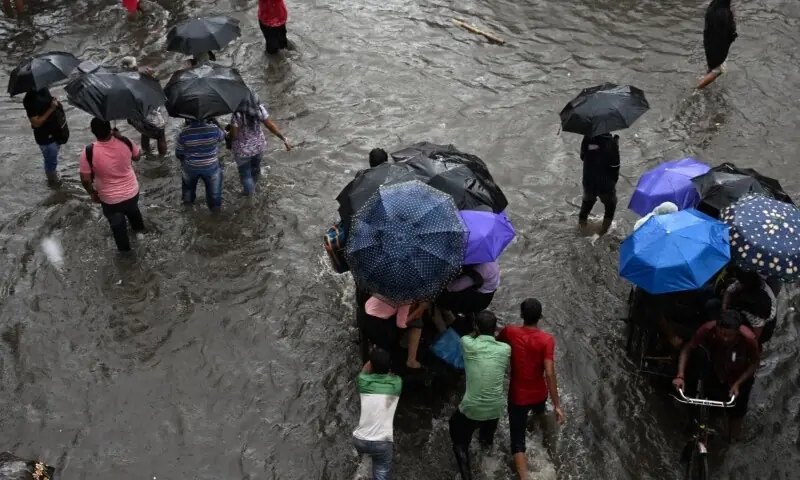How Climate Change Is Disrupting South Asia’s Monsoon Rains
South Asia’s annual monsoon rains are vital for more than a billion people, providing water for farming, drinking, and energy production. But with climate change altering rainfall patterns, the monsoon is becoming increasingly unpredictable and destructive. Weak infrastructure across the region makes the impact even worse.
What Is the Monsoon?
The word “monsoon” comes from the Arabic term mausim, meaning season. It describes a reversal of winds caused by differences in heating between land and sea.
-
In South Asia, the southwest monsoon begins in late May in southern India and moves northward until September.
-
From October, the northeast monsoon starts, bringing rain to southern India and Sri Lanka as cooler winds pick up moisture from the Bay of Bengal.
This seasonal cycle has long shaped agriculture, water supply, and life across the region.
Climate Change and Monsoon Shifts
Scientists warn that climate change is reshaping the Indian monsoon.
-
Extreme rainfall events have risen by about 75% between 1950 and 2015, according to India’s Meteorological Department.
-
Nearly half of the season’s rainfall now falls in just 20–30 hours, leading to sudden flooding.
-
In Pakistan, the monsoon came earlier than usual this year, with 50% more rainfall by mid-August compared to last year.
Experts explain that warmer seas and atmosphere mean more evaporation and moisture, which leads to heavier downpours: “When it rains, it pours.”
Weather patterns like El Niño and La Niña, which are also shifting due to climate change, further complicate predictions.
The Human and Environmental Impact
The monsoon has always brought floods and landslides, but the damage is worsening.
-
In Punjab, India, rainfall surged nearly two-thirds above average this year, damaging crops and soils.
-
In Pakistan, over 1,000 people lost their lives during this season — nearly triple last year’s figure — with massive evacuations in Punjab.
-
Stagnant water increases the risk of disease outbreaks and mosquito breeding.
Agricultural experts warn that delays or failures in monsoon rains can disrupt food supplies, irrigation, and livelihoods, creating ripple effects across the economy.
Glacier Melt and Infrastructure Risks
South Asia’s mountains face additional threats:
-
Accelerated glacier melt and deforestation weaken slopes, raising the chance of landslides.
-
Rapid, unplanned development — including highways, tunnels, dams, and railways — often ignores environmental checks, making floods and landslides more destructive.
-
Experts stress that poorly sited infrastructure and river modifications worsen natural drainage problems.
Conclusion
The South Asian monsoon remains a lifeline for millions, but climate change is making it more extreme and unpredictable. Without stronger environmental safeguards, better infrastructure, and sustainable planning, communities will continue to face growing risks from floods, landslides, and waterborne diseases.
🌧️ Bottom line: Protecting people and economies in South Asia will depend on climate adaptation strategies that make the monsoon’s life-giving rains safer and more reliable.

